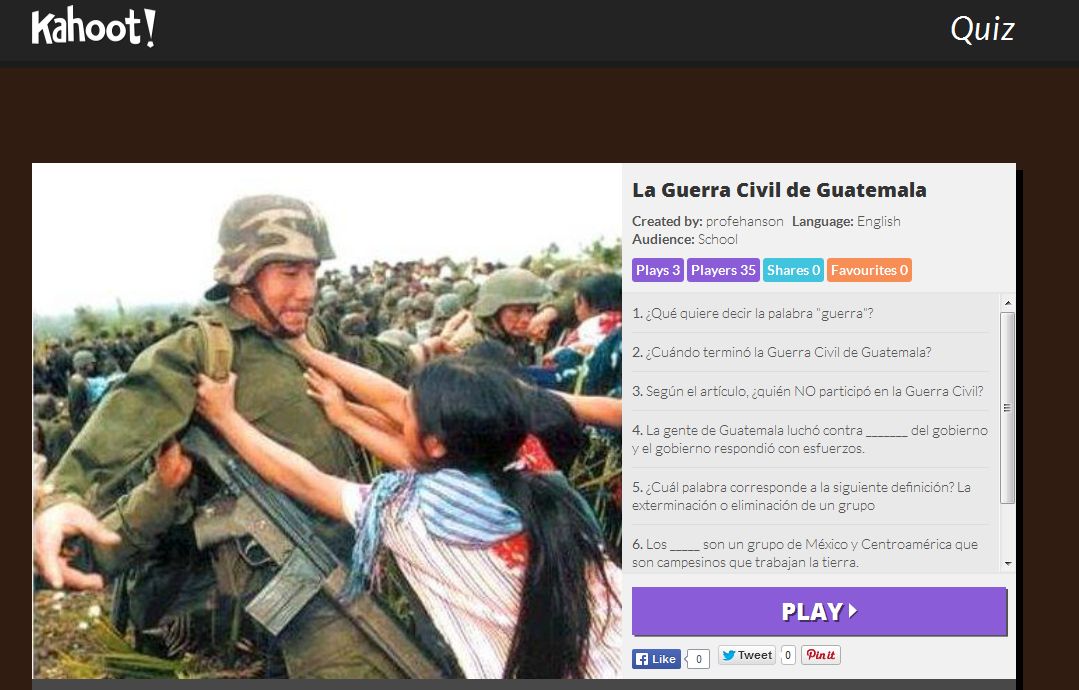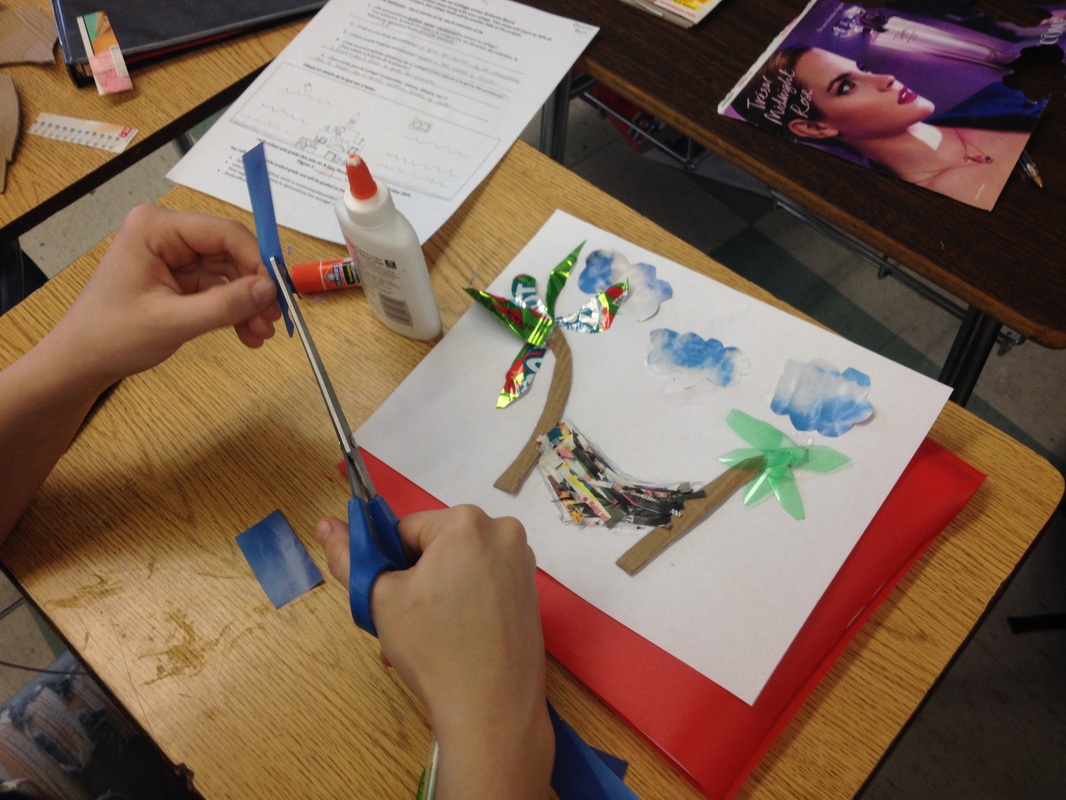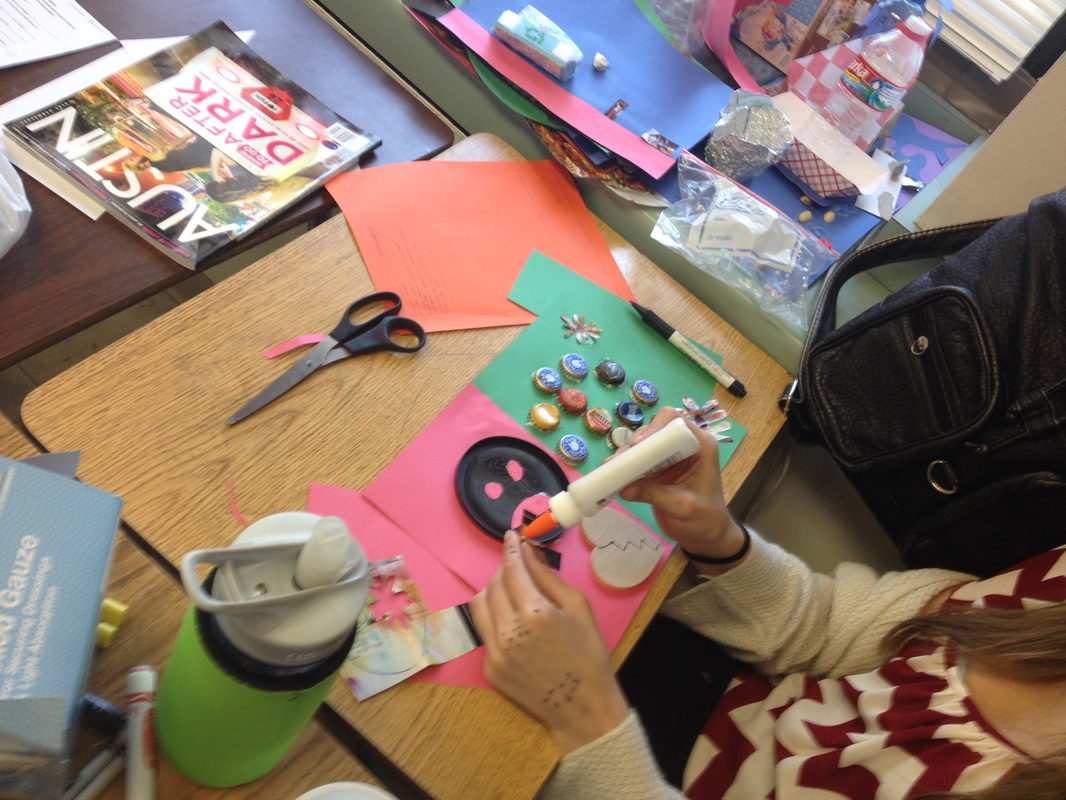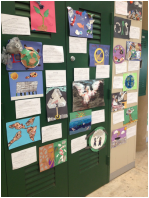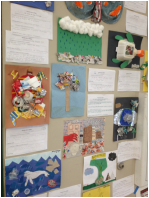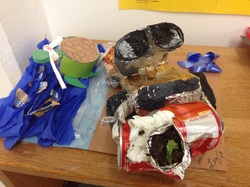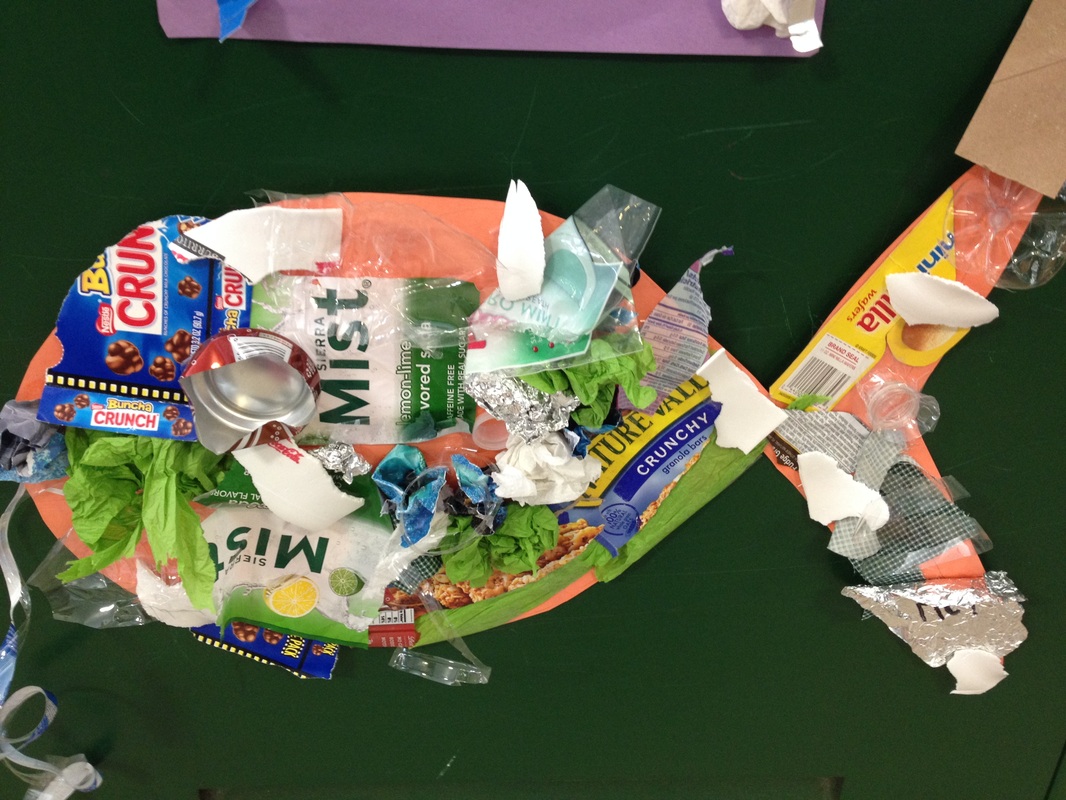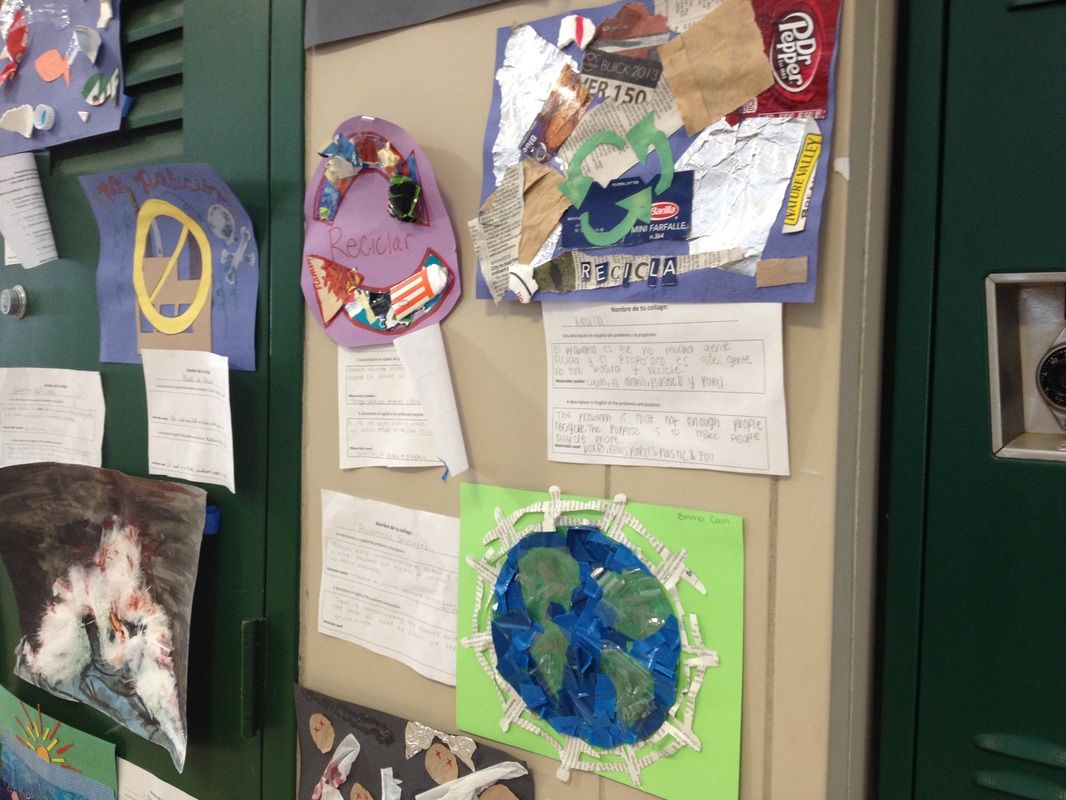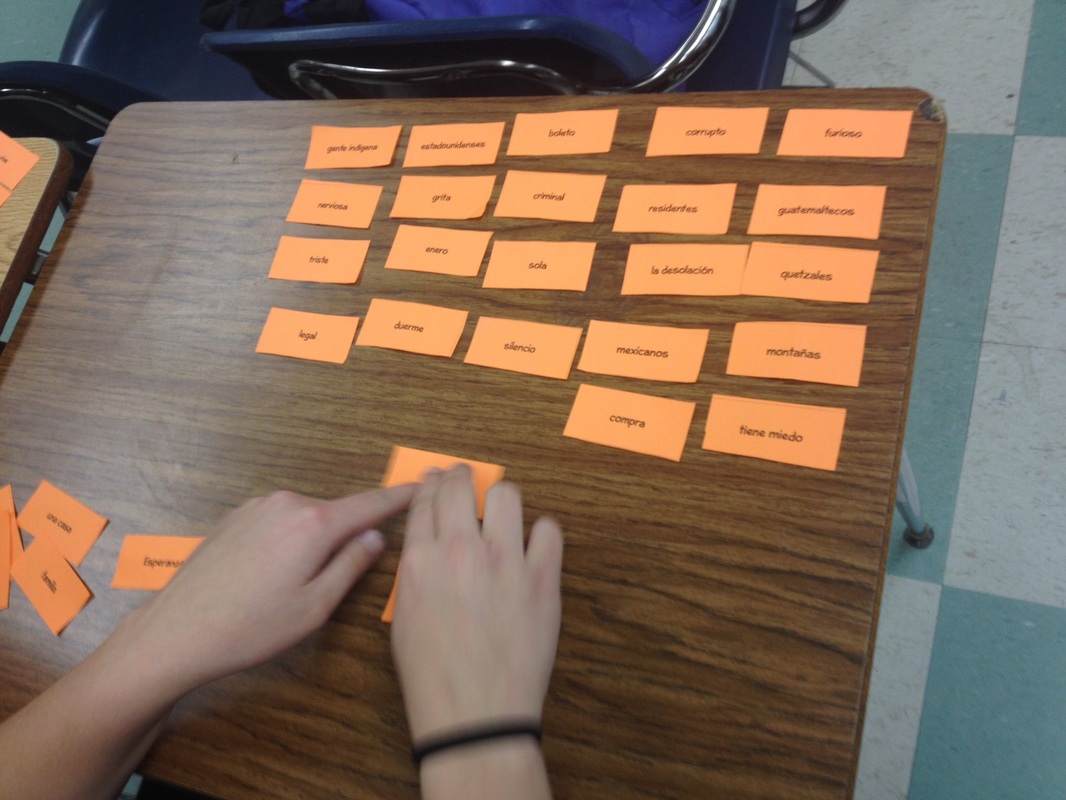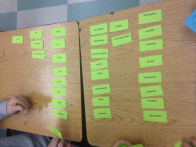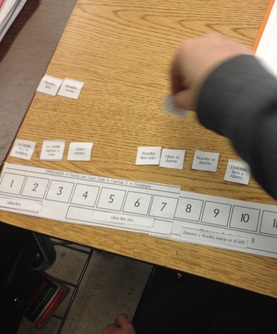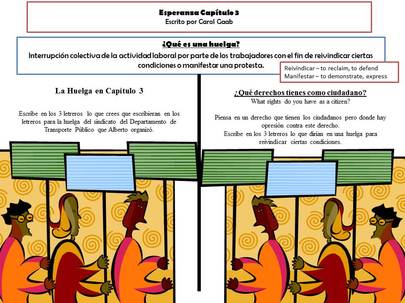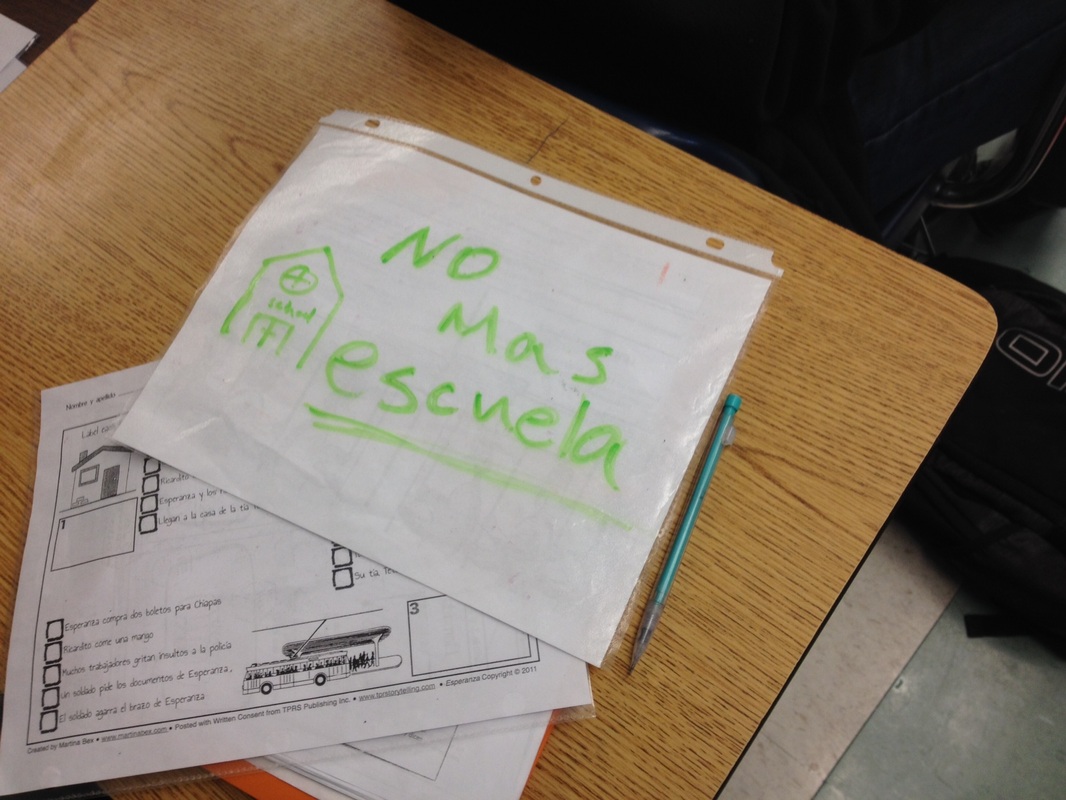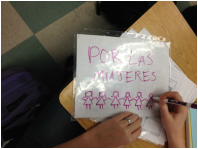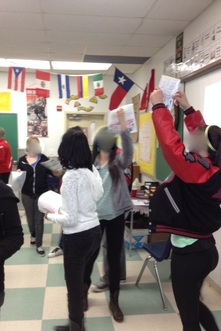Granito was released in 2011 and includes footage from the 1983 but also the aftermath of the Civil War. It is in English and Spanish (with subtitles). You can buy it from YouTube.
Prior to the students watching the documentary, they read the Guerra Civil reading in the Esperanza Teacher Guide and played this Kahoot (thanks to my coworker Christie). If you haven't tried Kahoot, try it! The kids love it! Also it is easy to share with your coworkers so if one creates the activity and you need to modify your version slightly, no problem.
- ¿A qué problemas políticos y sociales se enfrentó Guatemala? (What political and social problems faced Guatemala?)
- ¿Cuáles son los orígenes de estos problemas? ¿Cómo pueden solucionarse? (What are the origins of these problems? How can we solve them?)
- ¿Qué derechos y deberes debe tener un guatemalteco como ciudadano? (What rights and duties should a Guatemalan have as a citizen?)
- ¿Qué derechos y deberes tiene el gobierno de Guatemala? (What right and duties does the government of Guatemala have?)
I actually only had time to show about the first 60 minutes of this documentary and then jumped to the end to show the rest. It was powerful for the students to watch and helped them understand better what Esperanza and her family were going through.
